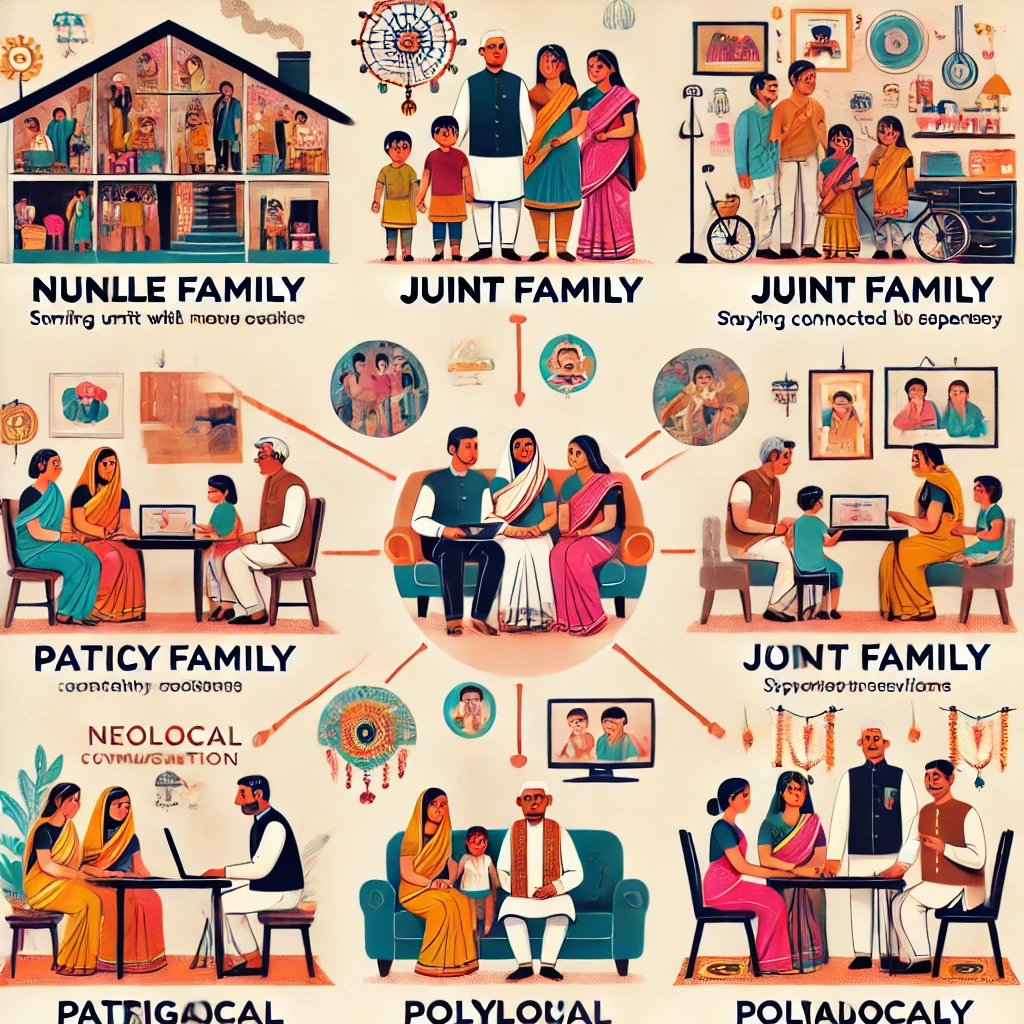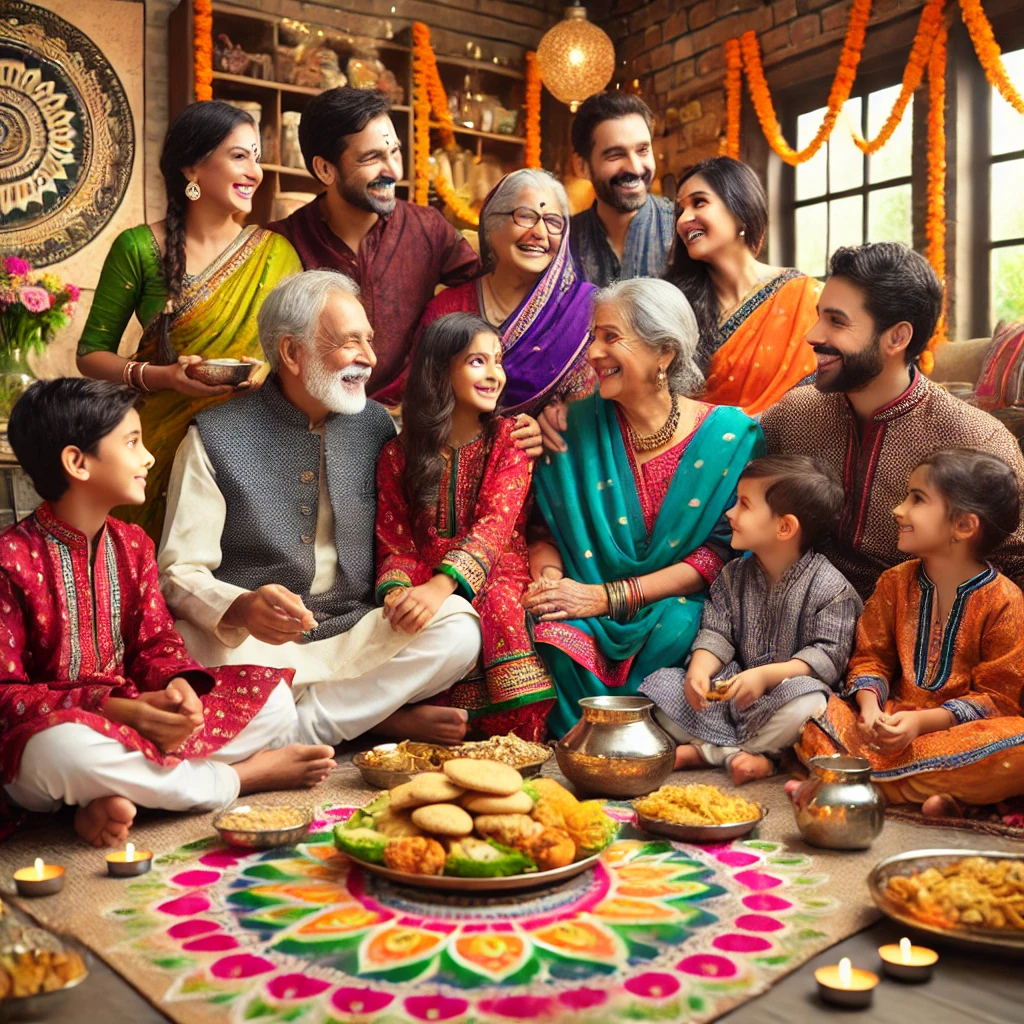Mahashivratri
Mahashivratri is a Hindu festival dedicated to Lord Shiva. It is observed on the 14th night of the waning moon in the month of Phalguna (or Magha, depending on the calendar followed). In 2025, Mahashivratri will be celebrated on February 26.
Significance
Mahashivratri marks the divine union of Lord Shiva and Goddess Parvati. It is also believed to be the night when Shiva performed the Tandava, the cosmic dance of creation and destruction. Devotees observe this festival to seek blessings, spiritual awakening, and liberation from past sins.
How is it Celebrated?
- Fasting – Many devotees observe a strict fast, consuming only fruits, milk, and water. Some even observe a nirjala (without water) fast.
- Nightlong Vigil (Jagran) – Devotees stay awake all night, chanting “Om Namah Shivaya” and singing bhajans in Shiva temples.
- Abhishekam (Ritual Bathing) – The Shiva Linga is bathed with milk, honey, ghee, curd, and sacred water, often mixed with Bilva (Bael) leaves.
- Temple Visits & Offerings – People visit temples, offer flowers, fruits, and prayers to Shiva. Some major temples like Kashi Vishwanath, Somnath, and Kedarnath see grand celebrations.
- Meditation & Chanting – Many practice meditation and chant Shiva mantras, as it is believed to bring peace and divine blessings.
Mahashivratri is celebrated to honor Lord Shiva, one of the principal deities in Hinduism. It is a spiritually significant festival that symbolizes devotion, self-discipline, and inner awakening.
Reasons for Celebrating Mahashivratri
- Marriage of Shiva and Parvati
According to Hindu legends, Mahashivratri marks the divine wedding of Lord Shiva and Goddess Parvati. Devotees, especially married and unmarried women, pray for a blissful marriage and the blessings of Shiva and Parvati.
- The Night of Shiva’s Cosmic Dance (Tandava)
Some scriptures state that Mahashivratri is the night when Shiva performed the Tandava, the celestial dance of creation, preservation, and destruction.
- Shiva as the Ultimate Consciousness
It is believed that on this night, Lord Shiva manifested as the Lingodbhava (infinite pillar of light), symbolizing his supreme power beyond time and space.
- A Night of Spiritual Awakening
Mahashivratri is considered the most auspicious night for meditation and self-realization. Devotees stay awake (Jagran), chant “Om Namah Shivaya,” and seek liberation (moksha).
- Myth of the Poison (Samudra Manthan)
During the churning of the ocean (Samudra Manthan), a deadly poison called Halahala emerged. To save the world, Shiva consumed it and held it in his throat, turning it blue (Neelkanth). Mahashivratri is observed in gratitude for this divine act.
- Symbol of Overcoming Darkness & Evil
The festival teaches self-discipline, overcoming ignorance, and embracing divine consciousness, making it a time for deep reflection and devotion.










